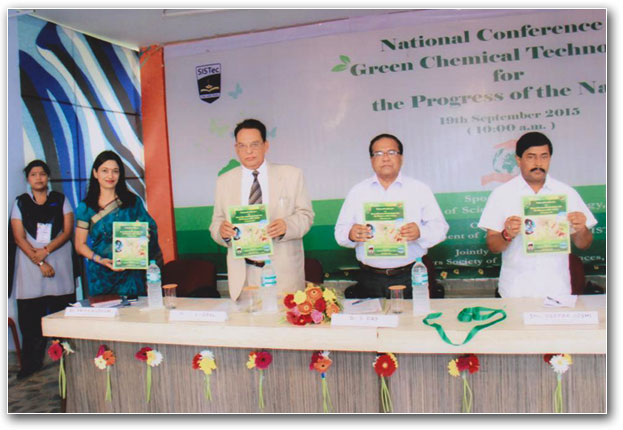Benzene Degradation Pathways Investigated by A Human Tissue Based Biosensor
Luigi Campanella1*, Patrizia Ercole1, Marida Lis!1, Maria P., Sammartino1, Mario V. Russo2, Giovanni Visco1
1University of Rome, "La Sapienza", Chemistry Department, Piazzale Aldo Moro, 5 - 00185 - Roma (Italy).
2University of Molise (DISTAAM), Agriculture Faculty, Via De Sanctis - 86100 - Campobasso (Italy)
In the present work healthy and cancerous tissues were tested in order to observe, if any, the differences in the metabolic capacity, the metabolic pathways being often modified in the cancerous tissues. The control of the degradation of benzene due to the kidney tissue was performed by a complex procedure based on the radioactive benzene marked with 14C, then sure of the efficiency of the kidney enzymes, a simpler way was run by preparing an human kidney tissue based biosensor to be used no in the traditional way to determine the substrate but to study the efficiency of the benzene biodegradation.
KEYWORDS:radioactive; enzymes; biodegradation
Download this article as:| Copy the following to cite this article: Campanella L, Ercole P, Lis M, Maria P, Sammartino S, Russo V. M, Visco G. Benzene Degradation Pathways Investigated by A Human Tissue Based Biosensor. Orient J Chem 2000;16(1). |
| Copy the following to cite this URL: Campanella L, Ercole P, Lis M, Maria P, Sammartino S, Russo V. M, Visco G. Benzene Degradation Pathways Investigated by A Human Tissue Based Biosensor. Orient J Chem 2000;16(1). Available from: |

This work is licensed under a Creative Commons Attribution 4.0 International License.









